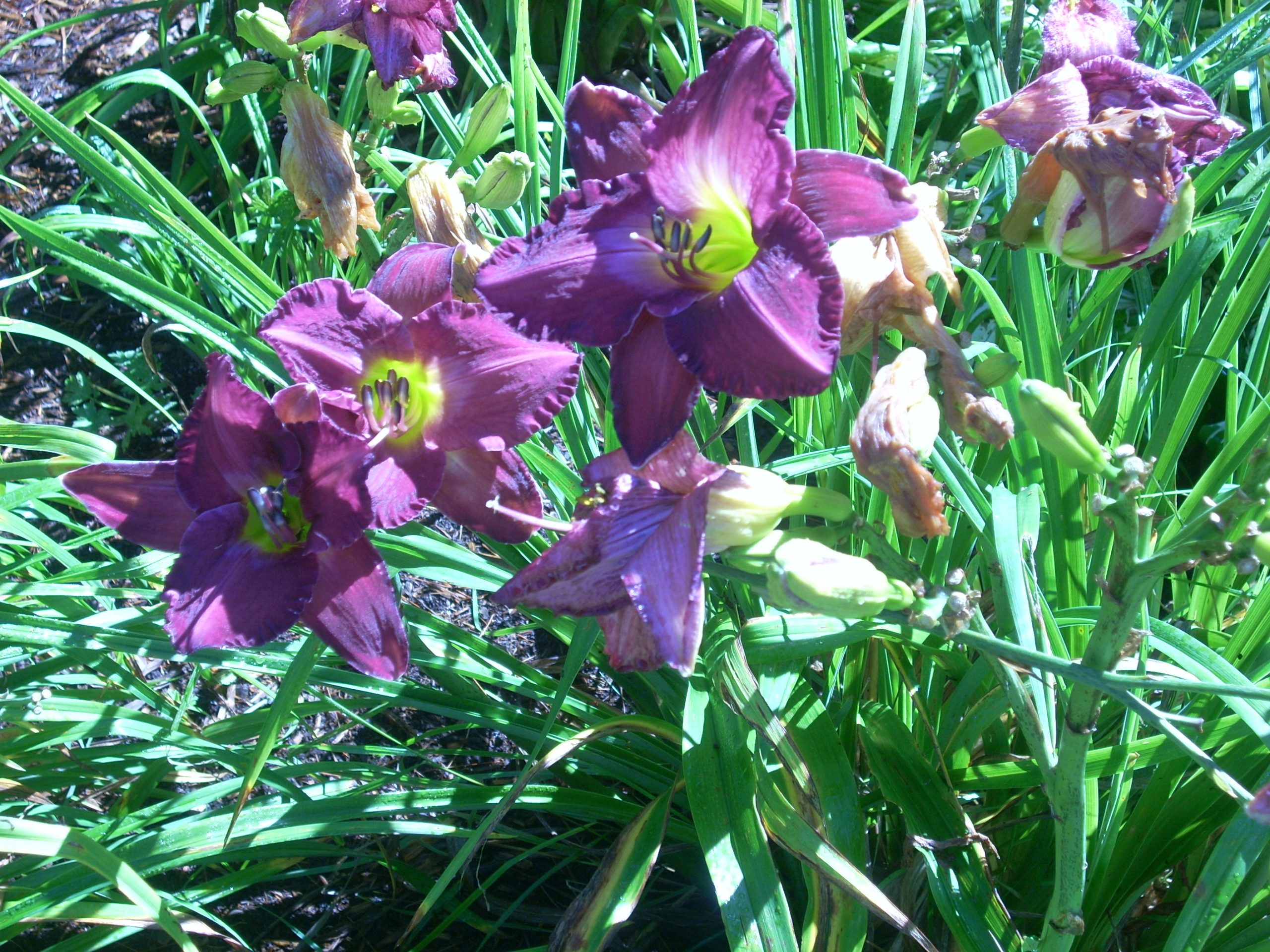
Musicant, S. (2001). Authentic movement: Clinical considerations. American Journal of Dance Therapy, 23(1), 17–28.
Nussbaum, B. (2013). Creative intelligence: Harnessing the power to create, connect, and inspire. New York, NY: Harper Collins.
Perry, B.D. (2006). Applying principles of neurodevelopment to clinical work with maltreated and traumatized children: The neurosequential model of therapeutics. In N. B. Webb (Ed.), Working with traumatized youth in child welfare (pp. 27–52). New York, NY: Guilford Press.
Siegel, D. J. (2010). The mindful therapist: A clinician’s guide to mindsight and neural integration (Norton Series on Interpersonal Neurobiology). WW Norton & Company.
Samaritter, R. (2010). Shared movement – a non-verbal approach to intersubjectivity. In S. Bender (Ed) Bewegungsanalyse von interaktionen: Movement analysis of interaction. Berlin: Logos Verlag.
Stern, D. (1985). The interpersonal world of the infant. New York: Basic Books.
Tosey, P. (1992). The snake sheds a skin. In Dance Movement Therapy: Theory and practice (pp. 242-260). Routledge London.
Wengrower, H. (2009). The creative-artistic process in dance/movement therapy. In S. Chaiklin & H. Wengrower (Eds.) The art and science of dance movement therapy. Life is dance (pp. 13 –31). New York, NY: Routledge.
Winnicott, D. W. (2015). Notes on play. Journal de la psychanalyse de l’enfant, 5(2), 37-42.
Winnicot, D.W. (1971). Playing and reality. London: Tavistockphenomena.
Yalom, I. D. 1995. The theory and practice of group psychotherapy (4th ed.) New York: Basic Books.
____________________________________






